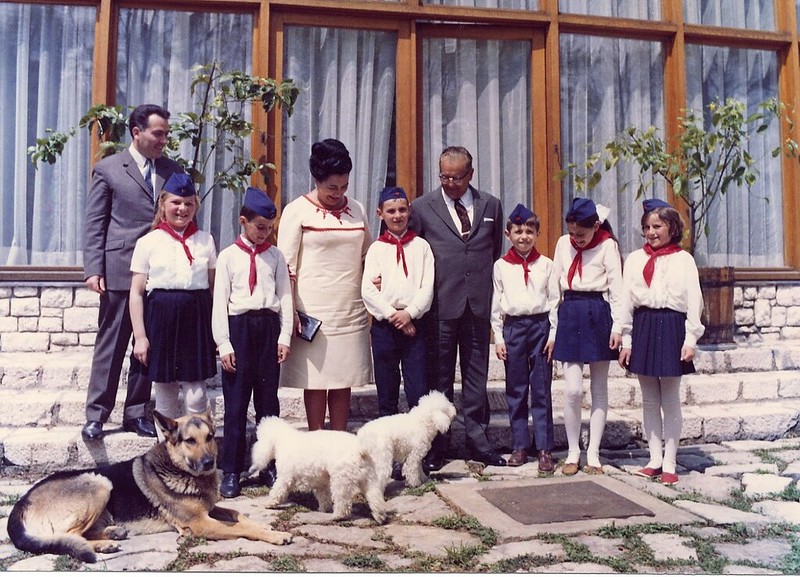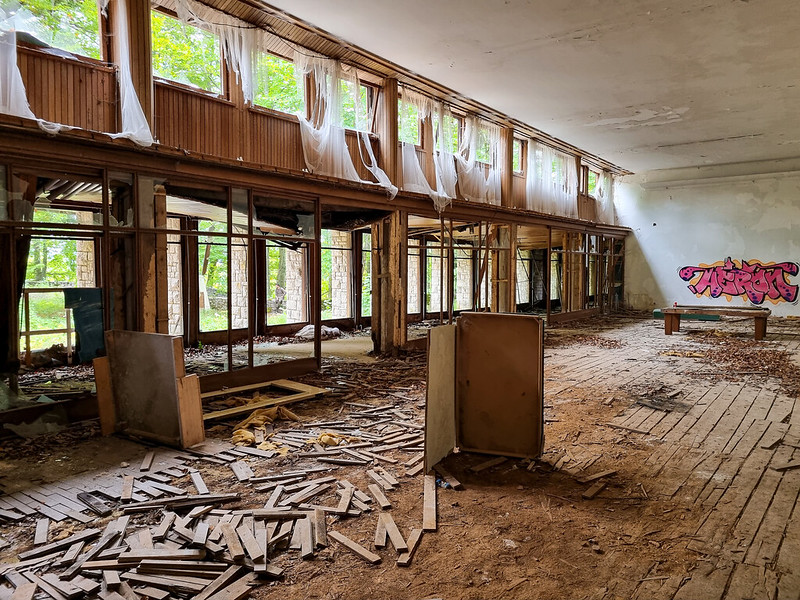The Lost Trails
Member
- Joined
- Nov 27, 2021
- Messages
- 14
- Reaction score
- 36
Located on top of a cliffside, deep in one of the most beautiful national parks in Europe, lies an abandoned villa. Known by the locals as Objekt 99 (Object 99), this secluded and mysterious compound was one of the personal residences of the former Yugoslavian leader, Josip Broz Tito. Build by political prisoners in 1953 after the split between Yugoslavia and The Soviet Union on an area of more than 10 thousand sq meters (108 000 sq ft), the villa was a perfect hiding spot from which a war could be coordinated.


As the split between Yugoslavia and The Soviet Union became more pronounced, Tito feared that a Soviet invasion was imminent, so the whole country started preparing for war. Hidden in the basement behind a thin wall, there is a secret escape tunnel dug up through the rocky underground. In a case of emergency, Tito and his closest staff would break the thin wall and escape to the other end of the hill where a car would be waiting.

The villa was the most expensive single residence in the former Yugoslavia, hosting a cinema and bowling alley, with the interior covered in woodwork and marble stairs. Although Tito visited the residence only 5 or 6 times in his life, it was mostly used by Croatia's communist leaders for hosting wild parties and events.



It had a closed central heating system with two boiler rooms. Water was pumped from a source deep in a canyon below the Villa. The left villa wing was made up of 4 apartments, of which the Presidential suite was the largest. It had its own balcony with a view of the entire national park and the 120 m (400 ft) abyss beneath. The right wing was composed of 20 apartments for housing all the guests who came to visit the residence.

After the Yugoslav wars in the 90s, the villa was completely looted and left to the elements. If you are interested in the video exploration of the place, complete with the tunnel, you can check it out here:


As the split between Yugoslavia and The Soviet Union became more pronounced, Tito feared that a Soviet invasion was imminent, so the whole country started preparing for war. Hidden in the basement behind a thin wall, there is a secret escape tunnel dug up through the rocky underground. In a case of emergency, Tito and his closest staff would break the thin wall and escape to the other end of the hill where a car would be waiting.

The villa was the most expensive single residence in the former Yugoslavia, hosting a cinema and bowling alley, with the interior covered in woodwork and marble stairs. Although Tito visited the residence only 5 or 6 times in his life, it was mostly used by Croatia's communist leaders for hosting wild parties and events.



It had a closed central heating system with two boiler rooms. Water was pumped from a source deep in a canyon below the Villa. The left villa wing was made up of 4 apartments, of which the Presidential suite was the largest. It had its own balcony with a view of the entire national park and the 120 m (400 ft) abyss beneath. The right wing was composed of 20 apartments for housing all the guests who came to visit the residence.

After the Yugoslav wars in the 90s, the villa was completely looted and left to the elements. If you are interested in the video exploration of the place, complete with the tunnel, you can check it out here:











